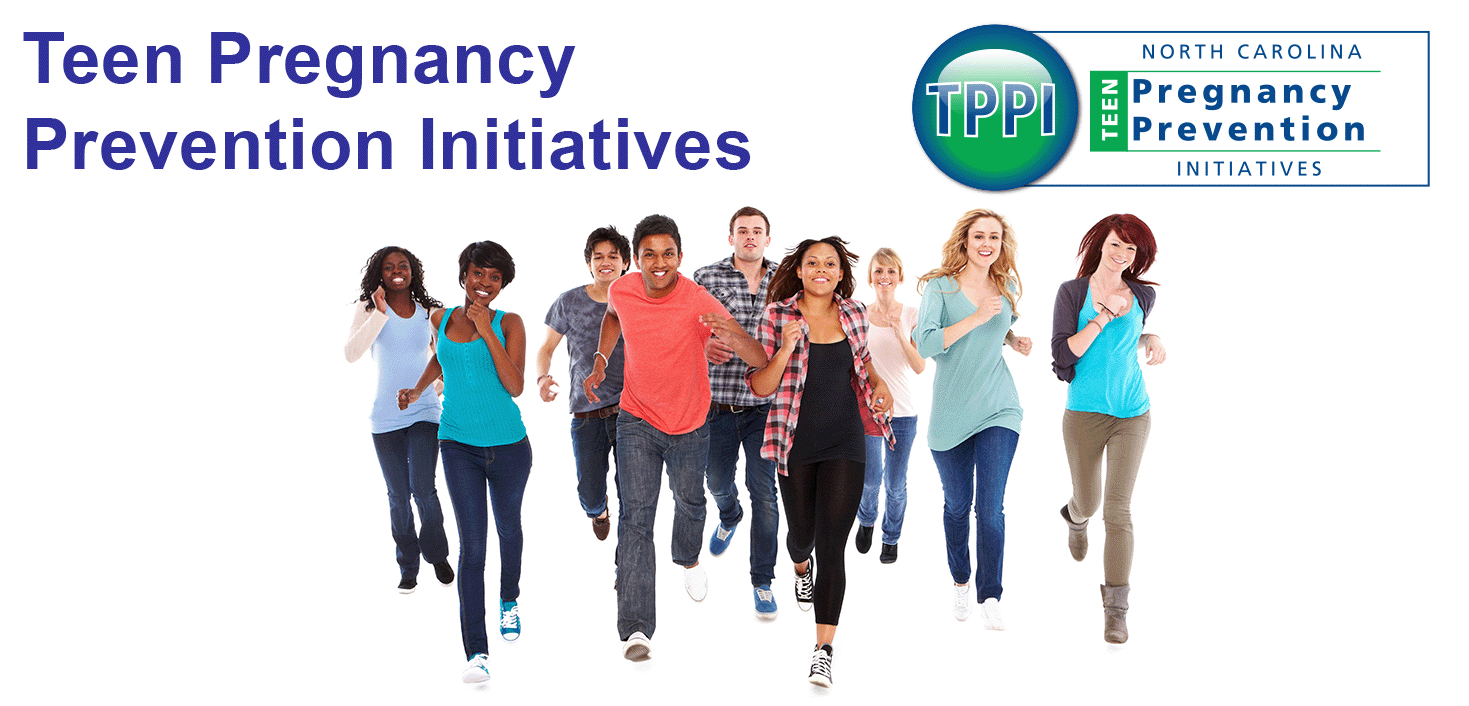
Teen Pregnancy Prevention Programs: A Comprehensive Approach to Addressing a Complex Issue
Introduction
Teen pregnancy remains a significant public health concern, with far-reaching consequences for both the young mothers and their children. In the United States, approximately 750,000 teenagers become pregnant each year, accounting for nearly one-fifth of all pregnancies. Teen pregnancy is associated with a range of negative outcomes, including increased risks of premature birth, low birth weight, and infant mortality. Young mothers are also more likely to experience poverty, unemployment, and poor educational attainment.
Recognizing the urgent need to address this issue, policymakers and public health officials have developed a variety of teen pregnancy prevention programs. These programs aim to reduce the incidence of teen pregnancy by providing comprehensive support and services to young people. This article will explore the different types of teen pregnancy prevention programs, their effectiveness, and the challenges associated with their implementation.
Types of Teen Pregnancy Prevention Programs
Teen pregnancy prevention programs can be categorized into three main types:
- Abstinence-only programs: These programs emphasize the importance of abstinence from sexual activity as the only effective way to prevent teen pregnancy. They typically provide information about the risks of teen pregnancy and sexually transmitted infections (STIs) but do not provide information about contraception.
- Comprehensive sex education programs: These programs provide information about both abstinence and contraception. They teach young people about the risks of teen pregnancy and STIs, as well as the different methods of contraception available.
- Youth development programs: These programs focus on providing young people with the skills and support they need to make healthy choices about their sexual and reproductive health. They may include activities such as peer education, mentoring, and life skills training.
Effectiveness of Teen Pregnancy Prevention Programs
Research has shown that comprehensive sex education programs are the most effective in reducing teen pregnancy rates. A review of 47 studies found that comprehensive sex education programs reduced teen pregnancy rates by an average of 15%. Abstinence-only programs, on the other hand, have not been shown to be effective in reducing teen pregnancy rates.
Youth development programs have also been shown to be effective in reducing teen pregnancy rates. A study of a youth development program in Chicago found that participants were 40% less likely to become pregnant than young people who did not participate in the program.
Challenges to Implementing Teen Pregnancy Prevention Programs
Despite the evidence supporting the effectiveness of teen pregnancy prevention programs, there are a number of challenges to their implementation. These challenges include:
- Funding: Teen pregnancy prevention programs require significant funding to operate. However, funding for these programs has been declining in recent years.
- Stigma: There is still a lot of stigma associated with teen pregnancy and sexuality. This can make it difficult for young people to access information and services related to sexual and reproductive health.
- Lack of access: Teen pregnancy prevention programs are not always available in all communities. This can make it difficult for young people to access the services they need.
Conclusion
Teen pregnancy is a complex issue with far-reaching consequences. However, there are a number of effective teen pregnancy prevention programs available. These programs can help young people make healthy choices about their sexual and reproductive health. By investing in these programs, we can help to reduce the incidence of teen pregnancy and improve the lives of young people and their children.
Recommendations for Policymakers
Policymakers can play a critical role in reducing teen pregnancy rates by:
- Increasing funding for teen pregnancy prevention programs: Funding for these programs has been declining in recent years. Policymakers need to increase funding for these programs to ensure that they are available to all young people.
- Removing barriers to access: Policymakers need to remove barriers to access for teen pregnancy prevention programs. This includes ensuring that programs are available in all communities and that young people can access them without fear of stigma or discrimination.
- Promoting comprehensive sex education: Policymakers need to promote comprehensive sex education programs in schools. These programs have been shown to be the most effective in reducing teen pregnancy rates.
- Supporting youth development programs: Policymakers need to support youth development programs that provide young people with the skills and support they need to make healthy choices about their sexual and reproductive health.